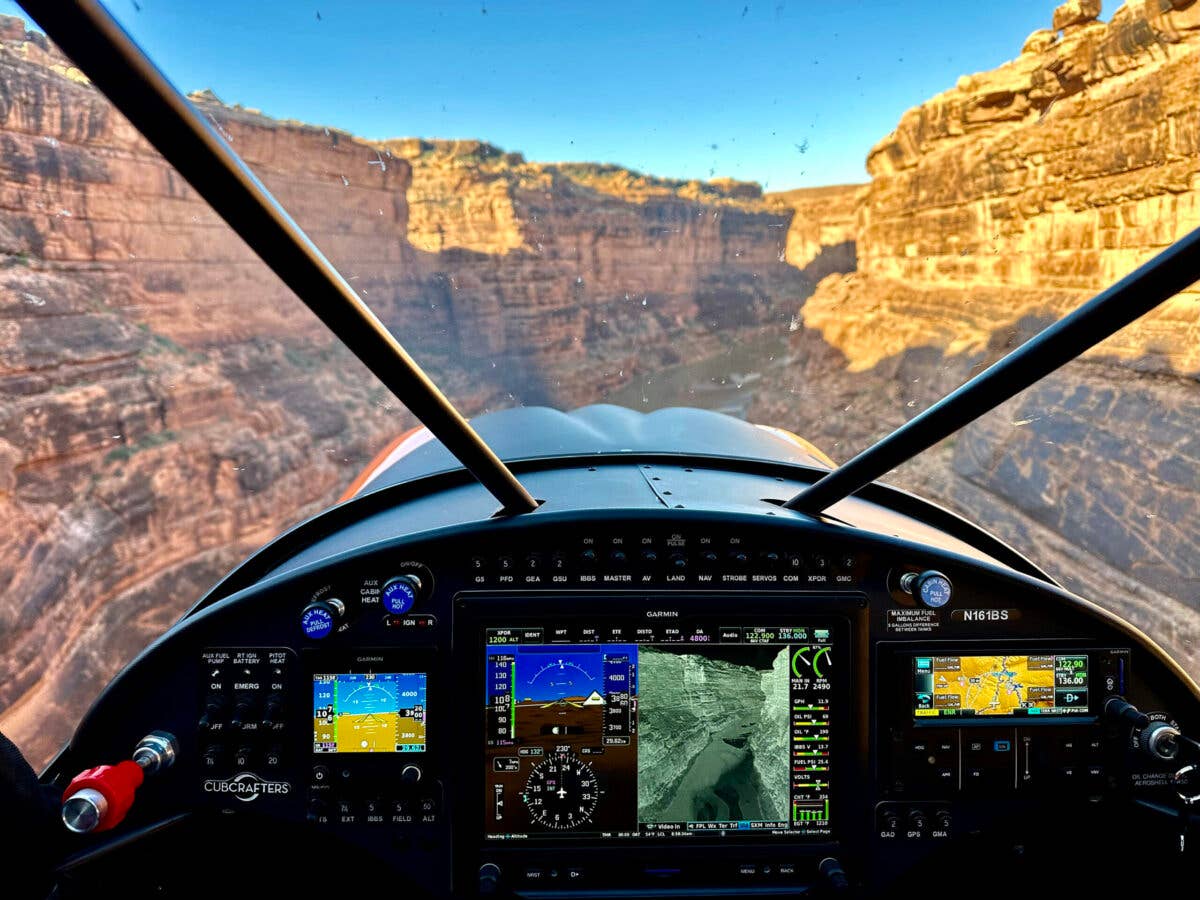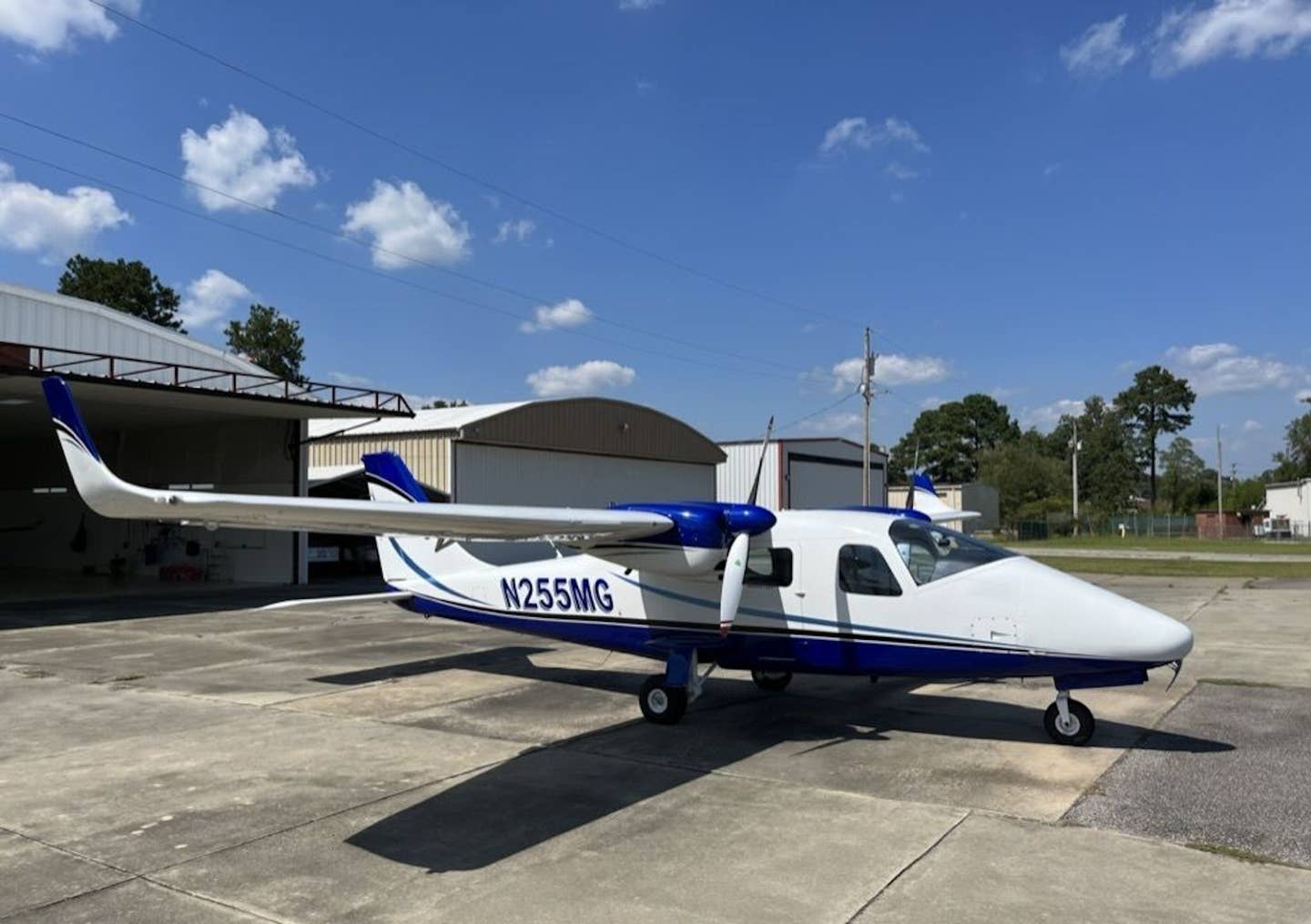CubCrafters Adds Camera Option
CubCrafters, the manufacturer of FAA-certified, ASTM-accepted, and experimental category aircraft designed to get you into every remote place, is now offering a thermal imaging system for Garmin G3X-equipped aircraft to improve pilot situational awareness in reduced visibility situations.

The infrared camera will display images directly on the G3X main screen in real time. [Courtesy: CubCrafters]
CubCrafters, the manufacturer of FAA-certified, ASTM-accepted, and experimental category aircraft designed to get you into every remote place, is now offering a thermal imaging system for Garmin G3X-equipped aircraft to improve pilot situational awareness in reduced visibility situations.
If the airplane is equipped with a Garmin G3X avionics package, the owner has the option to add a wing-mounted, forward-looking IR camera that displays directly on the G3X main screen in real time. According to CubCrafters, it is the same field of view, at the same image scale, and with the same horizon as Garmin’s built-in synthetic vision but with much more detail, helping the pilot navigate when flying in smoke, shadow, dusk, or night.
The Details
Developed in collaboration with Hood Tech Aero for CubCrafters aircraft, the new camera system is fully integrated with the Garmin G3X avionics package used by a wide spectrum of backcountry pilots. According to CubCrafters, the camera features the smallest pixel pitch long wave infrared (LWIR) sensor available and is intended to augment the safety-enhancing features of Garmin’s synthetic vision display.
With the simple turn of a knob, the wing-mounted camera easily penetrates smoke, haze, shadow, or even full darkness to show terrain, roads, buildings, bridges, antennas, and/or runways, giving the pilot better situational awareness.
“We’re really proud of what we’ve developed,” said Brian Prange, project manager for Hood Tech Aero. “We have an amazing amount of technology designed into a very small package. We’re only adding a few ounces to the aircraft and only using a very small amount of power, yet it’s a huge new capability that is always there and ready to go whenever the pilot needs it.”
According to Brad Damm, CubCrafters vice president, the camera system was originally developed as part of a government contract for Department of Agriculture predator-control aircraft, but the company was quick to see how it could be beneficial to backcountry pilots.
“Nearly every backcountry pilot has experienced the scenario of a late afternoon flight with the sun low on the horizon, haze in the air, and a remote mountain airstrip nearly impossible to see down in a valley and deep in shadow," Damm said. "With this system you just quickly flip over to the IR camera, and you can see everything that’s going on.”
According to Damm, the camera weighs just a few ounces and can be installed into the leading edge of the wing in a few hours. "It comes with a special 3D-printed job that fits over the wing leading edge to help align everything properly," he said.
CubCrafters president Patrick Horgan notes the camera represents the latest in a chain of flight safety developments from the Yakima, Washington-based company.
“Our company has always been an innovative leader in flight safety,” Horgan said. “From toe brakes to whole aircraft parachutes, we’ve often adapted big aircraft technology to be smaller, lighter, and better for the backcountry. This system is yet another example of our ongoing commitment to give consumers the safest aircraft and best performing aircraft in our class.”
The camera system is available for new experimental category CubCrafters aircraft. Damm predicts factory installation will run about $16,000 on new aircraft. The cost of field retrofits has not been determined yet, and the company expects to have kits for retrofitting older designs and certified aircraft approvals by the end of the year.

Subscribe to Our Newsletter
Get the latest FLYING stories delivered directly to your inbox






